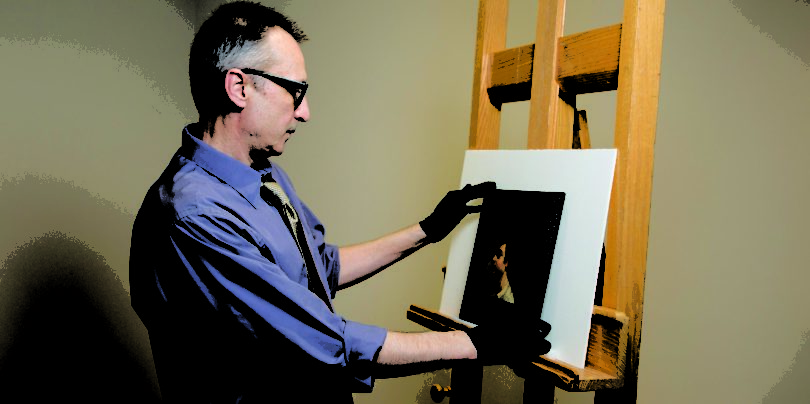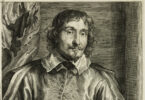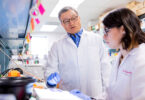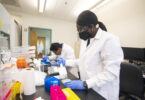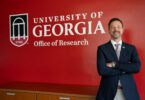“Work with a veterinarian, and ask for the bird setting.”
The advice was unusual, but it turned out to be exactly what Asen Kirin needed. The UGA professor of art history was curating a show for the Georgia Museum of Art and needed to investigate the authenticity of a portrait whose history was largely unknown. He consulted a local conservator, who mentioned that colleagues elsewhere had worked successfully with veterinarians to X-ray works of art.
Fortunately, the museum and the College of Veterinary Medicine have strong ties-three faculty members at the college serve on the museum’s membership board. Dr. K. Paige Carmichael was instrumental in connecting Kirin with the Veterinary Teaching Hospital, where technicians including Charleen Romine documented the painting during several X-ray sessions.
“I’ve imaged all sorts of animals and other things-dogs, cats, horses, cattle, goats, pigs, elephants, poison arrow frogs, bow-mouthed guitar fish, manatees, watermelons, and stained glass,” says Romine, veterinary technician supervisor. “This was the first painting.”
The experience was novel for Romine, but it was crucial to Kirin’s work.
“Portrait of a Youth,” dated 1827 and signed by Alexey Venetsianov, is part of a private collection of Russian art that is on long-term loan, and is a promised gift, to the museum. Kirin began examining the collection-virtually unknown for decades-in January 2013, eventually selecting nearly 200 pieces to display last fall during the exhibition “Gifts and Prayers: The Romanovs and Their Subjects.”
But before “Portrait of a Youth” could be displayed, Kirin had to verify that it was the work of Venetsianov, one of the most significant Russian painters of the early 19th century. It’s rare for a well-known artist to leave an unknown work, but the painting’s provenance, or chain of ownership, couldn’t be traced before 1974.
Kirin first sought X-rays to confirm that the canvas had not been scraped and reused, a common method of forgery. This confirmation was a significant first step in authentication, and working with the College of Veterinary Medicine meant that the portrait didn’t have to travel far. It also allowed Kirin to more thoroughly (and affordably) document the painting.
“Without their help, getting this far in the authentication process would have been a major monetary expense-and not easy,” says Kirin, a professor at the Lamar Dodd School of Art. “The museum’s standards for documentation are high, and this painting has been thoroughly documented and studied through different methods of scientific imaging.”
For Carmichael, professor of veterinary medicine, the project was a welcome opportunity to foster interaction between art and science.
“I’m a big fan of getting rid of silos. These kinds of partnerships open people’s eyes to possibilities that they may not have considered. If they learn that connections can be made between fields that don’t seem connected on the surface, then hopefully in the future they’ll reach out and try to answer questions in a more complete manner,” she says.
“These kinds of connections are important in fostering lifelong learning. I really hope that in the future we’ll have more outside-the-box thinking.”
The “Portrait of a Youth” sessions seem to have sparked additional cross-campus collaboration. Veterinary technicians have since examined objects for research projects in other disciplines, including Antarctic scallop shells for geology and soil samples for geography.
—Allyson Mann
This article originally appeared in the summer 2017 issue of Georgia Magazine.


